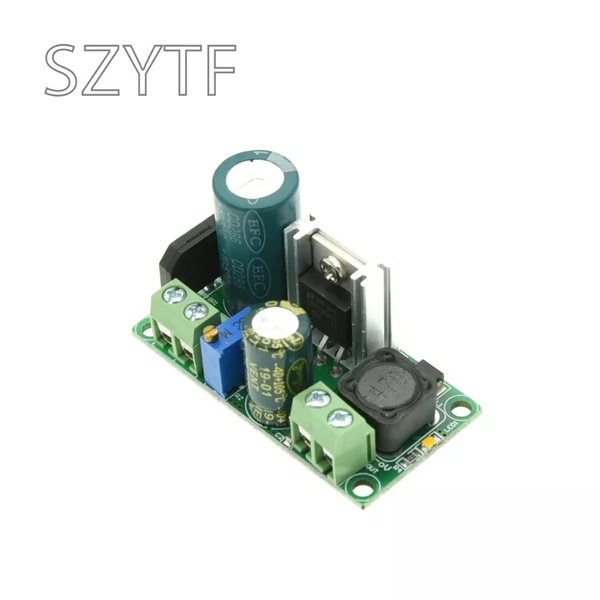I disagree. I used two of those boards on my layout to smooth the previously-intermittent activation contacts, each wired to power both the solenoid of a crossing gate and a sound module -- both installations markedly reduced the "stutter" in both the gate action and the sound output. I can't imagine the draw of an incandescent bub would be markedly more than the solenoid and the sound module and thus be able to discharge the capacitor more quickly. If I get time, I'll experiment with one of the AC to DC boards and a crossing flasher, to see if it makes much difference and post the results.
Well, I played around with things this afternoon, and the results were pretty much what I expected:
- First, I checked the size of the on-board smoothing capacitor, and it turned out to be 2,200 microFarads -- as I had remembered, a whopping big capacity.
- For a load, I used one small incandescent bulb in an old Marx crossing flasher, with an E-10 base like the bulbs used in my Marx Santa Fe passenger cars.
- The DC output voltage of the board is adjustable (I had previously set it at 12 VDC), while the AC input was provided by a small Lionel transformer, with throttle set at about half.
- I first simulated the OP's problem by rapidly making intermittent contact between the transformer leads and the terminals on the crossing flasher, and got the expected pattern of significant and easily visible dimming of the bulb with each interruption.
- I then substituted an LED with pre-installed current limiting resistor (designed for accessory AC voltages), and got the same pattern of dimming -- if anything, the dimming and brightening was even more pronounced, since the LED was much quicker to 'warm up' to full brightness when voltage was applied, and quicker to dim when power was removed.
- I then inserted the converter board between the transformer and the incandescent bulb in the flasher, and repeated the process. While there was notable dimming when power was interrupted, the capacitor did extend the time it took the bulb to go completely dark after AC power to the board was interrupted from a small fraction of a second to about half a second, enough to noticeably buffer transient interruptions IMHO.
- I then tried the same thing with the LED, and found the capacitor's buffering to be *much* more effective. While the interruptions of AC power produced noticeable flickering, the LED pretty much stayed lit constantly. I found it took the LED about three seconds to fully discharge the capacitor, smoothly dimming in a linear fashion, as compared to the roughly half-second the incandescent bulb took to go dark.
My conclusion is that inserting an inexpensive small board between each car's track pickup and an OEM-type incandescent bulb would significantly reduce the flicker the OP was experiencing. Further, if the incandescent bulb is also replaced with a track-voltage-capable LED, the problem would be further reduced and IMHO virtually eliminated. As someone else noted, *some* flickering is consistent with the prototypical experience, and IMHO it would not be worth taking further possible measures like adding on-board battery power. YMMV . . .












